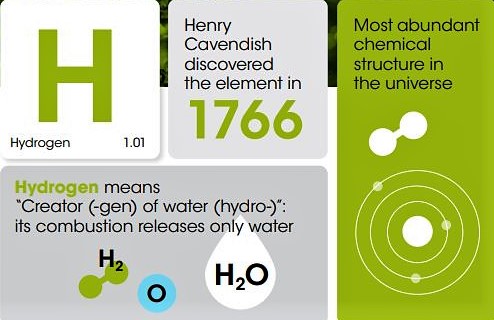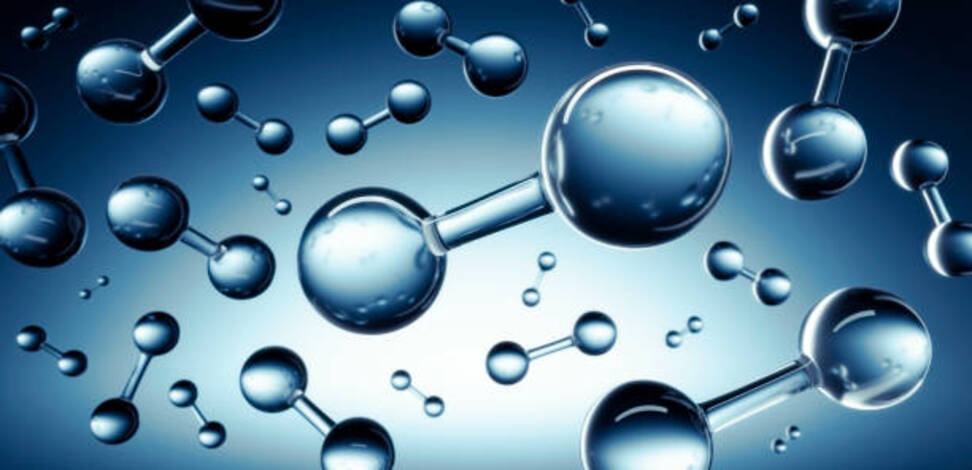Energy, steel, and chemical industries are all trying to create substantial hydrogen applications that will help reduce carbon emissions and help stop global warming. Different efforts result in different colors of hydrogen. And we are talking about virtual colors because hydrogen is colorless.
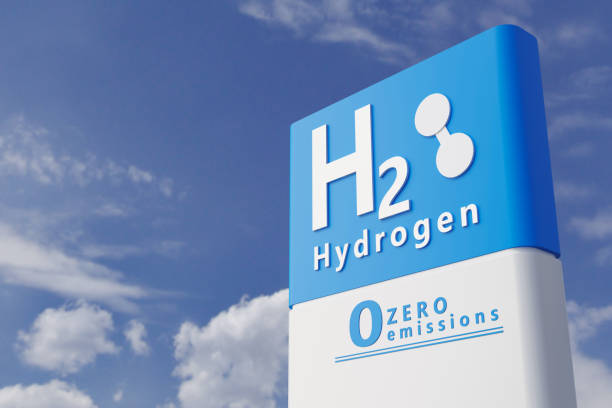
Hydrogen is everywhere and is considered the most abundant element in the world. But, besides this fact, it is pretty scarce as a gas. The other problem with hydrogen is that most methods of producing fuel from it on a large scale emit significant amounts of carbon dioxide.
Let’s get back to the high school chemistry lessons first. What is hydrogen exactly?
Although hydrogen is colorless, each form of it has been assigned a color that corresponds to its carbon footprint i.e. its environmental impact. Starting from here, the best possible outcome is green hydrogen. It is produced using renewable energy sources. Most frequently it is produced from wind or solar plants.
But, there are other labels for hydrogen depending on its environmental impact. There is green, grey, blue, and turquoise hydrogen. And here are some useful facts to know about:
1. Green hydrogen
Renewable energy sources, such as offshore wind, could be used to power floating electrolysis plants for producing green (or clean) hydrogen. The good stuff about clean or green hydrogen is it can be stored, piped, or transported by tankers to consumers. For example, it can easily serve hydrogen filling stations.
But so far, it is primarily used in experimental projects. It is still expensive enough to be in mass production, but things are changing. And they are changing fast. As fast as fossil fuels prices rise to the skies.
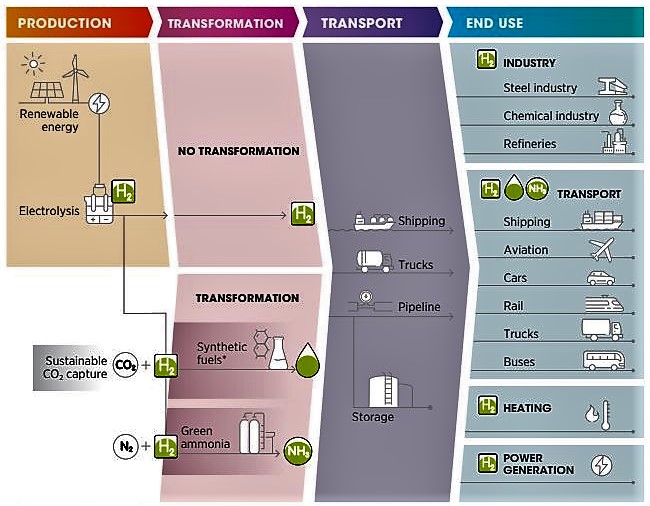
2. Grey hydrogen
The standard industry process for extracting grey hydrogen from natural gas is steam-methane reforming.
Not clear enough? Well, it is not clean enough too.
Grey hydrogen is generated using fossil fuels (e.g., hydrogen created from methane via steam methane reforming (SMR) or coal gasification). The use of grey hydrogen results in significant CO2 emissions, making these hydrogen technologies unsuitable for a path to net-zero emissions.
Now it’s clearer but it is still not clean.
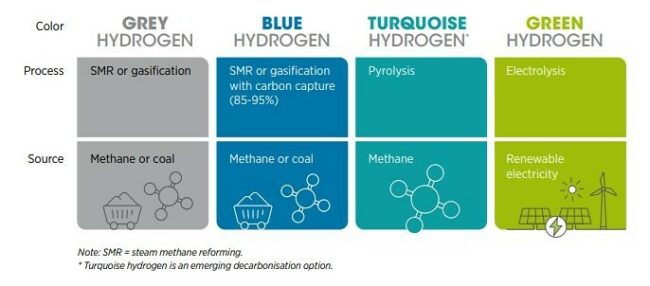
3. Blue hydrogen
Blue hydrogen production is pretty much the same way as grey’s one. But the CO2 emissions are under the process of capturing and storing underground or beneath the sea. It is frequently said it is a temporary solution until green hydrogen output is scaled up. Not great, but not bad either. Still.
However, blue hydrogen has limitations. They have so far limited its deployment: it uses finite resources, is vulnerable to fluctuations in fossil fuel prices, and does not support energy security goals.
Furthermore, blue hydrogen faces social acceptance issues because it incurs additional costs for CO2 transport and storage and necessitates monitoring of stored CO2. Besides that, CCS capture efficiencies suppose to be 85-95% at best. That means that 5-15% of CO2 will still release into the atmosphere. But, these high capture rates are still to come.
4. Turquoise hydrogen
This hydrogen also comes from generating natural gas but using pyrolysis. Precisely, the gas is passing through molten metal, producing solid carbon as a byproduct with useful applications. Low-carbon hydrogen is its other name.
